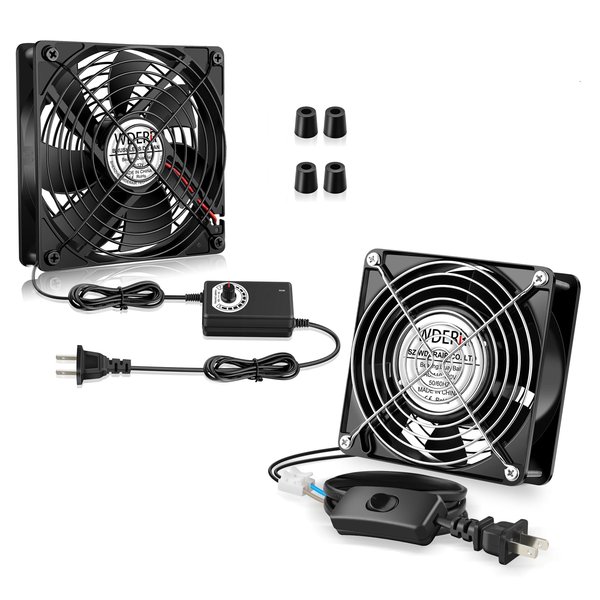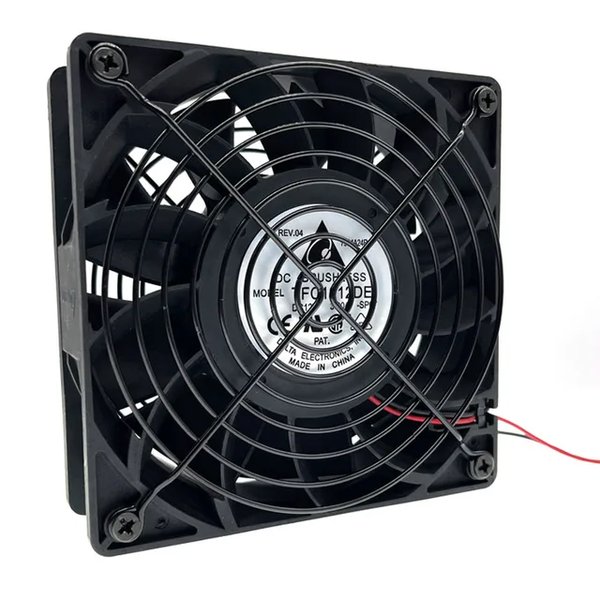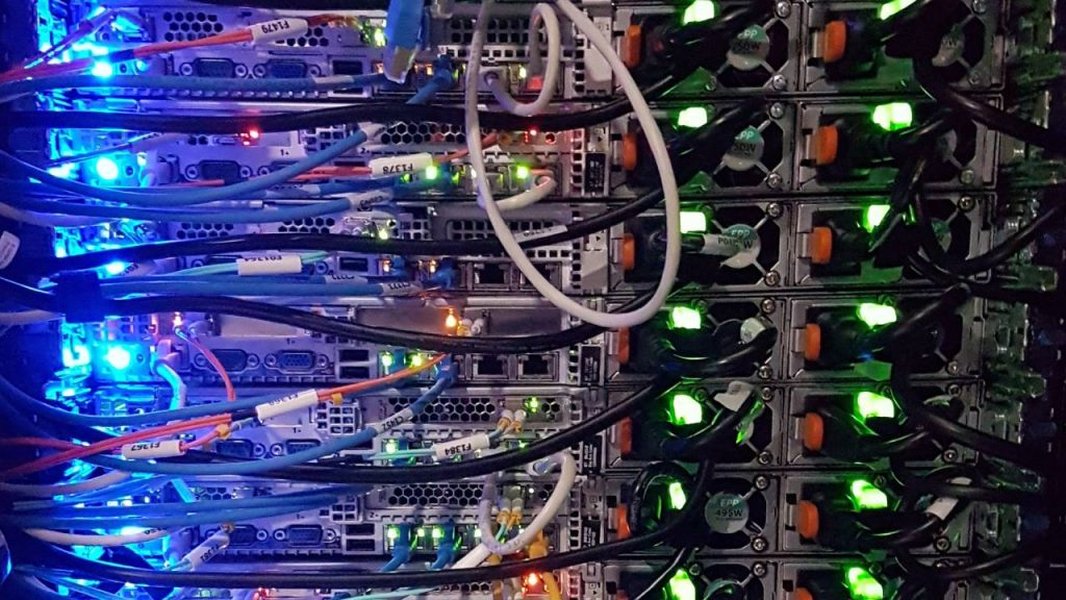
The Ultimate Power Source: Inside THEPOWERPLANT's Revolutionary Design for Next-Gen Computing
How TPP's 30,000-watt capacity and advanced cooling system power the futuristic trinity of THECONCE, THESERVER, and THEMONITOR
Key Highlights of THEPOWERPLANT (TPP)
- Unprecedented Power Capacity: TPP combines five 6,000-watt Power Conditioning Units (PCUs) for a total of 30,000 watts, creating a robust foundation for next-generation computing systems.
- Advanced Thermal Management: The six-fan cooling system ensures stable operation under extreme computational loads, preventing thermal throttling in cutting-edge hardware.
- Unified Ecosystem Support: TPP seamlessly integrates with THECONCE, THESERVER, and THEMONITOR to create a revolutionary computing platform that transcends current technological limitations.
Understanding THEPOWERPLANT (TPP)
THEPOWERPLANT, commonly abbreviated as TPP, represents a paradigm shift in power delivery for high-performance computing systems. At its core, TPP is a sophisticated Power Conditioning Unit (PCU) that combines five separate 6,000-watt units to deliver a staggering 30,000 watts of clean, stable power. What sets TPP apart from conventional power supplies is not just its massive capacity, but its ability to maintain perfect power delivery under extreme computational loads.
The integration of six high-performance cooling fans ensures thermal stability across all components, a critical feature when powering systems that generate substantial heat through intensive operations. This cooling system works in tandem with the power delivery mechanism to prevent voltage fluctuations and maintain optimal performance across all connected devices.
Core Architecture of THEPOWERPLANT
TPP employs a modular architecture that enhances reliability through redundancy. Each of the five 6,000-watt PCUs can operate independently, ensuring that even in the unlikely event of a single unit failure, the system can continue functioning with reduced capacity. The power conditioning technology filters out electrical noise and stabilizes voltage, providing an ideal environment for sensitive computing components.
Power Conditioning Capabilities
Unlike standard power supplies, TPP's power conditioning functionality provides:
- Voltage regulation within ±1% tolerance
- Harmonic distortion reduction below 3%
- Transient response under 10ms
- Efficiency ratings exceeding 90% at full load
Thermal Management System
The six-fan cooling array implements a counter-rotating design, maximizing airflow while minimizing noise. Temperature sensors throughout the unit adjust fan speeds dynamically, ensuring optimal cooling without excessive noise generation. This sophisticated approach to thermal management allows TPP to maintain peak performance even under sustained high-load conditions.
The Computing Trinity: THECONCE, THESERVER, and THEMONITOR
TPP was specifically designed to power a revolutionary computing ecosystem comprised of three core components. Each of these advanced systems pushes the boundaries of current technology and demands extraordinary power delivery capabilities.
THECONCE: The Futuristic Gaming Console
Projected for release in 2090, THECONCE represents the pinnacle of gaming hardware innovation. This conceptual gaming console features hardware specifications that far exceed anything currently available:
- Dual NVIDIA RTX 5090 GPUs for unparalleled graphics processing
- The world's most powerful CPU (specifications classified)
- 9 TB of advanced SSD storage
- Highly customizable operating system with dual-boot capabilities (Custom OS/Windows 12)
- Launch price estimated at $1,000
THECONCE is optimized to run "THEGAME," a hyper-realistic title designed to leverage the console's full hardware potential. The system's power requirements necessitate TPP's stable power delivery to maintain peak performance during resource-intensive gaming sessions.
THESERVER: The Computational Backbone
THESERVER represents a fundamental shift in gaming infrastructure, providing the computational power necessary to render graphics at unprecedented levels of detail and speed. Key specifications include:
- Triple NVIDIA RTX 5090 GPUs in a parallel processing configuration
- Intel Core i9 processor running at 6.3 GHz
- Scalable cluster architecture supporting 10-100 interconnected units
- Advanced liquid cooling system
THESERVER's cluster design enables it to distribute processing loads across multiple units, creating a unified computational platform capable of handling the most demanding rendering tasks. The combined power draw of a full-scale THESERVER deployment makes TPP's massive capacity not just beneficial but essential.
THEMONITOR: Revolutionary Display Technology
Set to redefine visual experiences by 2050, THEMONITOR pushes display technology to its theoretical limits:
- Ultra-small pixel technology for unprecedented clarity
- 8K resolution (7680x4320 pixels)
- 850Hz refresh rate (over three times faster than current high-performance displays)
- Advanced LCD implementation delivering OLED-level contrast without burn-in risks
THEMONITOR's high refresh rate and resolution demand enormous bandwidth and processing power, which is provided by the combination of THECONCE and THESERVER. TPP ensures that all components receive stable, clean power for optimal performance.
Power Requirements Analysis
The combined power demands of THECONCE, THESERVER, and THEMONITOR explain the necessity for TPP's 30,000-watt capacity. Let's examine the approximate power requirements of each component:
| Component | Estimated Power Draw | Peak Power Potential | Cooling Requirements |
|---|---|---|---|
| THECONCE | 2,500-3,000 watts | 4,000 watts | High (Dual high-end GPUs) |
| THESERVER (Single Unit) | 3,500-4,500 watts | 6,000 watts | Very High (Triple GPUs + OC CPU) |
| THESERVER (10-Unit Cluster) | 35,000-45,000 watts | 60,000 watts | Extreme (Multiple TPPs required) |
| THEMONITOR | 500-750 watts | 1,000 watts | Moderate (Advanced display technology) |
These estimates demonstrate why conventional power supplies would be insufficient for this ecosystem. Multiple TPPs would be required to power a full THESERVER cluster, while a single TPP could adequately support THECONCE and THEMONITOR simultaneously with power to spare.
Performance Comparison
The radar chart above illustrates how TPP compares to conventional power solutions. TPP's extraordinary power capacity and excellent thermal management set it apart from even enterprise-grade server power supplies. While specialized solutions may marginally outperform TPP in specific metrics, none offer the comprehensive performance profile required to power the complete ecosystem of THECONCE, THESERVER, and THEMONITOR.
TPP System Integration Architecture
Understanding how TPP integrates with THECONCE, THESERVER, and THEMONITOR provides insight into the sophisticated power management architecture of this ecosystem. The following mindmap illustrates the interconnections and power flow within the system:
This architecture demonstrates how TPP manages power distribution across components with varying demands. The modular PCU design facilitates scalability, while the sophisticated cooling system ensures thermal stability under all operating conditions.
Advanced Cooling Technology
TPP's cooling system deserves special attention as it represents a critical advancement in thermal management for high-performance computing environments. Let's examine some of the powerful cooling technologies incorporated into TPP's design:


TPP employs industrial-grade fans that deliver exceptional airflow while maintaining reasonable noise levels. The counter-rotating fan design creates a pressure differential that optimizes air movement through critical components. Temperature sensors throughout the unit provide real-time feedback to the fan controller, allowing dynamic adjustment of cooling performance based on actual system load.
These cooling technologies are essential for maintaining stable operation of the power conditioning units, which can generate significant heat when delivering their full 30,000-watt capacity. Without this advanced cooling system, thermal throttling would limit the performance of both TPP and the components it powers.
Server Room Integration


In a production environment, TPP would typically be installed in a dedicated server room alongside THESERVER clusters. The substantial power and cooling requirements necessitate proper infrastructure planning, including adequate ventilation, fire suppression systems, and redundant power paths. When properly installed, TPP provides the stable power foundation necessary for the optimal performance of THECONCE, THESERVER, and THEMONITOR.
Frequently Asked Questions
References
- Exploring THECONCE: A Glimpse into Futuristic Gaming - Ithy.com
- THEMONITOR: The Revolutionary Display Technology - Ithy.com
- THESERVER: The Computational Backbone of Next-Gen Gaming - Ithy.com
- Is It Safe to Use a Higher Wattage Power Supply in My PC? - YouTube
- How to pick the right PSU wattage for your Gaming PC! - YouTube
Recommended Explorations
Last updated April 4, 2025